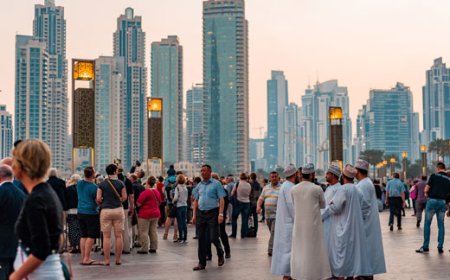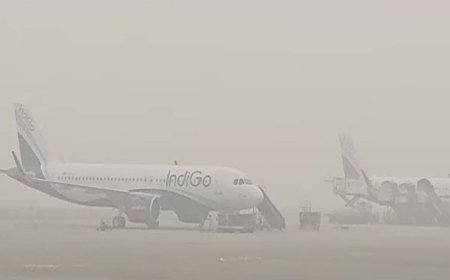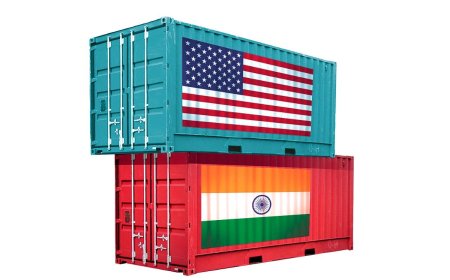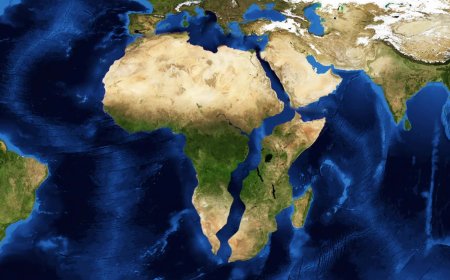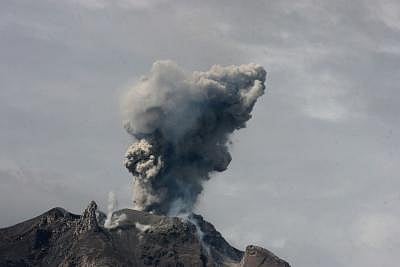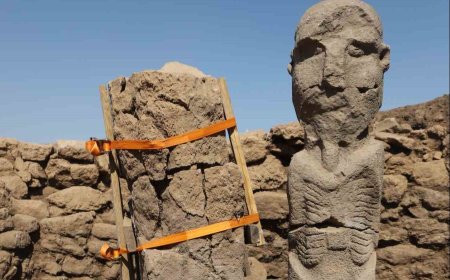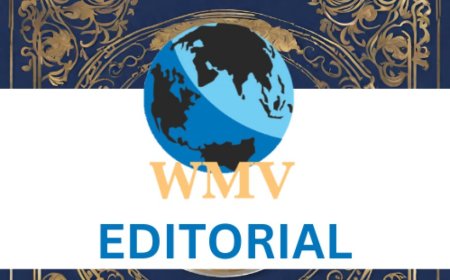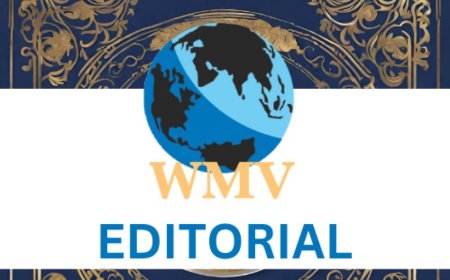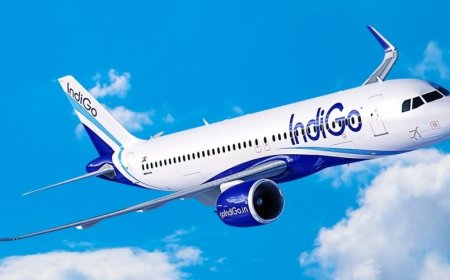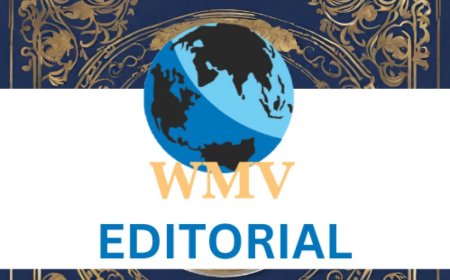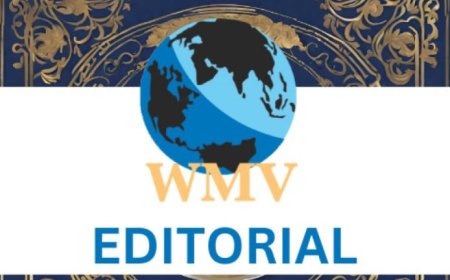Thanksgiving travel at risk in US: Coast-to-coast storms, polar vortex pattern poised to cause disruptions
The US National Weather Service warns that La Niña, the MJO and a rare Sudden Stratospheric Warming could bring winter-like conditions to the Central and Northern US during Thanksgiving week, with below-normal temperatures from November 25–30.

THE US National Weather Service (NWS) has warned that a combination of La Niña, the Madden–Julian Oscillation (MJO) and a rare November Sudden Stratospheric Warming event — often associated with the “polar vortex” — could bring winter-like conditions to large parts of the country heading into Thanksgiving week.
In a statement on X, the NWS posted: “Bottom Line, Up Front: The central US could see cooler than normal temperatures Thanksgiving week while areas of the west and Florida could see above normal temperatures.”
The agency added that below-normal temperatures are likely across the Central and Northern US, including the Pacific Northwest, Great Plains, northern Texas and parts of the Mid-Atlantic, beginning November 25 and increasing in intensity from November 26–30.
Storm system threatens Thanksgiving travel
A cross-country storm could disrupt the Thanksgiving travel plans of millions, AccuWeather meteorologists warned. As the storm sweeps east, it will bring heavy rain, thunderstorms, snow and strong winds across the central, southern and eastern US.
The American Automobile Association (AAA) expects a record 82 million people to travel 50 miles or more this Thanksgiving — raising the stakes for a potentially chaotic week on the roads and at major airports.
“Are you one of the 80+ million planning to travel for Thanksgiving this year?” NWS urged. “Be sure to add ‘check the weather forecast at weather.gov’ to your to-do list!”
Atmospheric river to hammer the Pacific Northwest
One of the biggest impacts will come from an atmospheric river hitting the Pacific Northwest, bringing heavy rain, flooding, mountain snow and gusty winds from Tuesday into Thanksgiving Day, as per AccuWeather.
“The heavy rain from the atmospheric river will likely slow travel on Interstate 5 leading up to the Thanksgiving holiday,” said AccuWeather Senior Meteorologist Dan Pydynowski.
Rain totals of 1–4 inches in western Washington and northwestern Oregon could cause flooded roads, rising creeks and urban ponding. Winds may exceed 40 mph along the coast, potentially causing minor damage and slowing travel further.
Snow will complicate travel through the Washington Cascades, while Oregon’s mountain passes will see mostly rain.
South and Midwest: Thunderstorms and soaking rain
Beginning Monday, a storm emerging from the Southwest will push into the central US, generating downpours from Iowa to Texas.
Gusty thunderstorms could disrupt flights in Austin, Dallas and Little Rock.
On Tuesday, showers and thunderstorms expand into the Mississippi Valley, while severe weather remains possible in the South Central and Southeastern states, according to AccuWeather Lead Long-Range Meteorologist Paul Pastelok.
Major airport hubs — Chicago, Nashville, St. Louis, Houston and Minneapolis — face possible delays or cancellations.
Northern Plains and Great Lakes: Days of snow
A separate storm will deliver significant snow from Monday through Wednesday across North Dakota, Minnesota and Michigan’s Upper Peninsula, creating dangerous driving conditions.
By midweek, colder air plunging south from Canada will trigger additional snow across Montana, Wyoming and Colorado, accompanied by gusty winds.
In the Great Lakes region, a mix of rain and snow is expected around Chicago, Detroit, Cleveland and Buffalo, adding pressure to already-heavy holiday traffic.
Thanksgiving Day: Northwest flooding, Great Lakes snow
The atmospheric river continues into Thanksgiving Day, keeping the Pacific Northwest soaked.
“The Pacific Northwest could face some of the most severe impacts from the weather in the days leading up to Thanksgiving,” said AccuWeather Meteorologist Reneé Duff.
Meanwhile, typical lake-effect snow will develop downwind of the Great Lakes, reducing visibility and producing slippery travel along major corridors including Interstates 81, 90 and 196.
“Those traveling on Thanksgiving Day around the Great Lakes region may have to contend with typical lake-effect snow showers,” Duff added.







